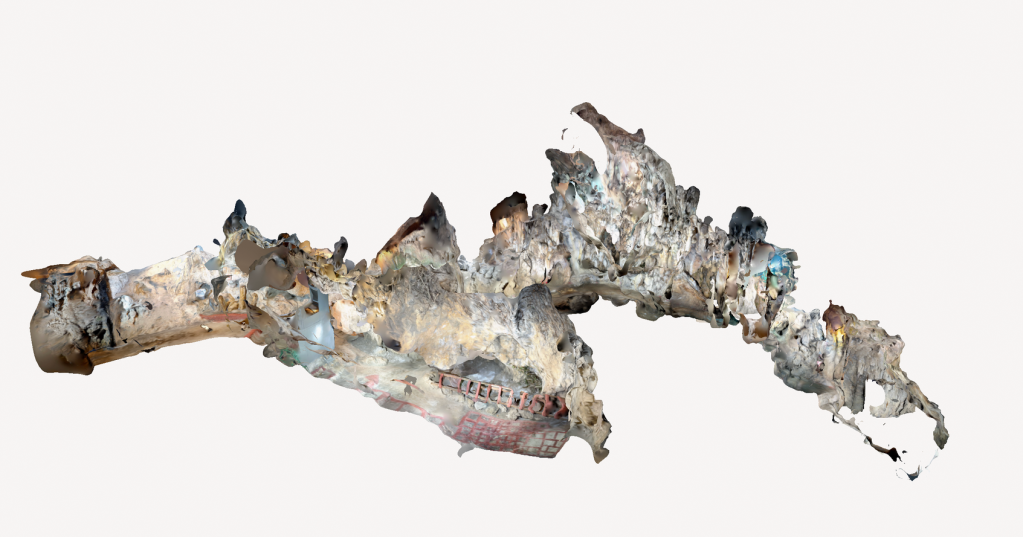Edessa Cave is a constructional cave formed behind the Edessa cascade. The cave is formed perpendicularly to the inclination of the travertine’s depositional surface. It is a typical example of the progradational group (sensu Gradziński et al., 2018) formed in travertine deposits. The depositional processes and rates of the travertine has been studied by Vavliakis (1998). This cave is developed and can be visited as a show cave. In Greece a broad estimation of about 200 travertine caves is reasonable (Lazaridis et al., 2017).

References:
Gradziński, M., Bella, P., & Holúbek, P. (2018). Constructional caves in freshwater limestone: A review of their origin, classification, significance and global occurrence. Earth-Science Reviews, 185, 179-201.
Lazaridis, G., Trimmis, K. P., & Pappa, S. (2017). Travertine caves in Almopia, Greece. Cave and Karst Science, 44(2), 58-63.
Vavliakis, E, 1998. Formation – development of Edessa Cave and the positive relocation of the waterfall. Proceedings of First Panhellenic Speleological Conference “Man and Cave Environment”. Ministry of Culture, 68, Athens.
